Traditional vs. Digital
The advent of the digital age has undoubtedly transformed nearly every aspect of our lives, including the way we experience and interact with automotive culture. For decades, car shows have served as a central gathering place for car enthusiasts to admire new models, meet manufacturers, and immerse themselves in automotive innovation. Yet, as the world has become more digitally connected, the question arises: Are these traditional car shows still relevant, or has the shift to online platforms made them obsolete?
Traditional car shows, such as the Geneva Motor Show, the Detroit Auto Show, and the Pebble Beach Concours d’Elegance, have historically been the ultimate venues for showcasing the latest vehicle innovations, design concepts, and technological advancements. These events offer a physical space for brands to display their newest models and prototypes to industry professionals, media, and consumers alike. Visitors could not only view cars but also experience them firsthand—sitting in them, touching the materials, and speaking with the experts who helped design them.
However, the rise of digital platforms and virtual experiences has drastically changed the landscape. Car manufacturers and event organizers are now turning to online events, live-streaming product reveals and showcasing vehicles via digital showcases on platforms like YouTube, Instagram, and specialized automotive websites. Major manufacturers, such as Tesla, have opted for online-only reveals, choosing to forgo traditional physical car shows in favor of reaching a global audience instantaneously. This shift raises the question: How do traditional car shows continue to compete in a world that has become accustomed to the speed, convenience, and accessibility of the internet?
One of the most significant advantages of digital platforms is the ability to reach a much wider audience. Virtual car shows and product reveals can be broadcast to millions of people worldwide in real-time, bypassing the geographical limitations that a physical show may have. Consumers no longer need to travel to cities or convention halls to attend an event—they can simply log in from their computers or smartphones and participate from the comfort of their own homes.
Moreover, digital platforms allow for more interactive experiences. For instance, virtual reality (VR) and augmented reality (AR) technologies are being integrated into online car reveals, providing users with a 360-degree view of the car and the ability to explore features in more detail than they would in a traditional setting. Interactive chatbots and live Q&A sessions with designers or engineers also allow for real-time engagement, allowing viewers to have their questions answered instantly. These online platforms cater to a younger, tech-savvy audience that values convenience and instant gratification.
Yet, despite these advancements, traditional car shows remain relevant for several reasons. Firstly, there is still something inherently exciting about physically interacting with a car. While digital experiences can offer detailed visuals, they can’t replicate the sensory experience of sitting in a vehicle, feeling the materials, or hearing the engine start. For car enthusiasts, there’s a unique thrill in seeing a car in person, experiencing its size, shape, and presence in a way that virtual experiences cannot match. Additionally, the sense of camaraderie and community that exists at a physical car show cannot be replicated online. Car shows have long been places for enthusiasts to meet like-minded individuals, share stories, and even participate in hands-on events such as test drives or interactive exhibits.
Moreover, many traditional car shows provide a platform for automotive brands to interact with journalists, media outlets, and influencers in person. These face-to-face interactions can help foster deeper relationships and provide more comprehensive coverage of new models, enhancing the credibility and impact of the event. While digital platforms can capture attention, they may not be able to provide the same level of in-depth discussion and personal interaction that physical car shows allow.

Future of Car Shows
As we look to the future of car shows in a digital world, it’s clear that the format is likely to evolve rather than disappear entirely. The question isn’t whether virtual car shows will replace physical ones, but how the two will coexist to complement each other.
In the future, it’s likely that physical and digital experiences will be integrated more seamlessly. Car manufacturers may choose to host hybrid events that combine the physical spectacle of a traditional car show with the convenience and global reach of digital platforms. For example, a manufacturer could unveil a new car at a traditional event, while simultaneously streaming the reveal online for a global audience. This allows for the excitement and engagement of a live event while also providing the reach and accessibility of digital platforms.
Another potential development in the future of car shows is the increased use of immersive technology. Augmented reality (AR) and virtual reality (VR) could become more prevalent at physical events, allowing attendees to interact with cars in entirely new ways. Imagine a situation where a person can take a virtual test drive of a car at a physical car show, using VR headsets to simulate the experience of driving it on different terrains or through different weather conditions. This fusion of digital technology with physical experiences could enhance the appeal of traditional car shows and bring new excitement to the format.
Moreover, social media will continue to play a pivotal role in shaping the future of car shows. Platforms like Instagram, YouTube, and TikTok have already become key tools for manufacturers and influencers to promote new car releases and interact with fans. These platforms allow car enthusiasts to share their experiences, opinions, and excitement with their followers, creating a sense of community even when they’re not physically at an event. In the future, it’s likely that car manufacturers will continue to engage with their audiences through social media and online platforms, amplifying the impact of traditional car shows and creating a more interactive experience.
Despite the rise of digital experiences, in-person events are unlikely to disappear completely. There remains a significant segment of the population that craves the tangible, visceral experience of a car show. For car enthusiasts, the ability to see a car up close, feel its materials, hear the roar of the engine, and speak directly to industry professionals is something that cannot be replicated in a virtual environment. Physical car shows also provide manufacturers with the opportunity to create fully immersive, branded experiences that may not be possible online. For example, automakers may create interactive booths that allow attendees to experience the brand’s values and technology in a physical environment, creating a lasting impression that goes beyond the digital screen.
In addition, car shows offer a unique opportunity for automakers to display concept cars, prototypes, and limited-edition models that cannot be easily showcased through digital platforms. These one-of-a-kind vehicles often hold significant appeal for collectors, journalists, and enthusiasts, and having them available for public viewing in a physical space can make a lasting impact.
Ultimately, the future of car shows will likely see a blending of traditional and digital formats, allowing manufacturers to engage with their audiences in multiple ways. While the digital realm provides unprecedented access and convenience, physical car shows will continue to be an essential part of automotive culture, offering a tactile and communal experience that no virtual event can fully replicate.
Conclusion
Car shows have endured for decades as pivotal moments in automotive culture. In the digital age, they have faced new challenges as online platforms have made it easier for manufacturers to reach a global audience. While digital events provide accessibility, convenience, and interactive features, they cannot replicate the excitement and community that physical car shows offer. As we move forward, it is likely that the future of car shows will be a hybrid model, combining the benefits of both physical and digital experiences. By embracing technological advancements while preserving the essence of in-person events, car shows will continue to thrive as important cultural touchstones in the automotive world.

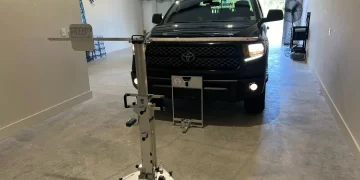

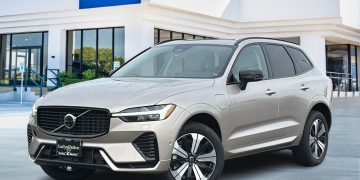







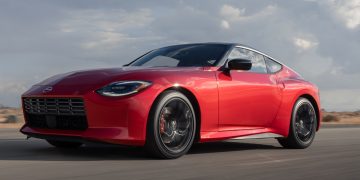


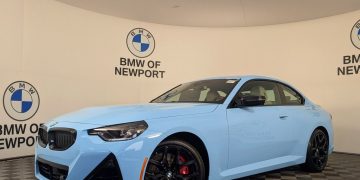






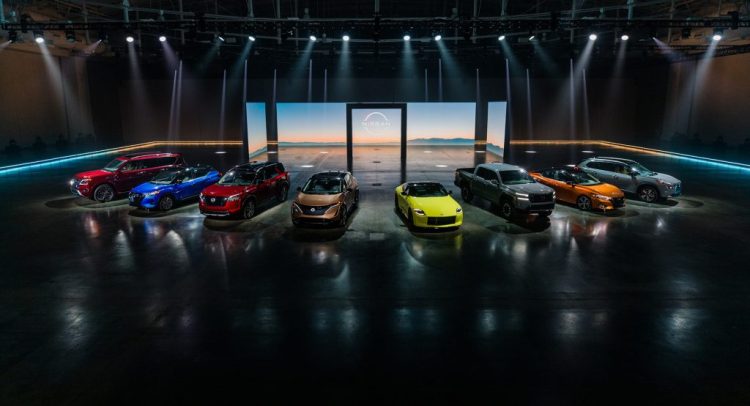












Discussion about this post